Istanbul Basilica Cistern
Basilica Cistern
The landowner, It is a historical underground fortress from the Byzantine period located in the historic peninsula of Istanbul. Istanbul at the time it was built. Meeting the water demand It was made for that purpose. The Forests of Belgrade Water from the springs in the valley passes through the Valens Water Belt to reach the Inhabited Reservoir, where the water is stored and distributed for use.
336 granite columns, the beams used to support the roof of the shed, Reflecting the rich historical fabric of Istanbul Due to its historical and architectural importance, it is a favorite place visited by local and foreign visitors.
Where's the landlord?
It is located in the historic peninsula of Istanbul, about 150 meters southwest of Sultanahmet Square. It is located between the Hagia Sophia Mosque and the Topkapı Palace.
Places to visit in Istanbul In the Historical Peninsula The three-day Istanbul itinerary If you want, you can create your own itinerary on our Istanbul Attractions page.
The history of the landing craft
History of the Inhabitant of the Earth The Byzantine Empire It stretches. This is the spoon. In the sixth century. in the century. The Emperor I. It was built by Justinian. The scissors. Rain water . or spring water We know it's built underground or above ground to collect It's a water tank. And the inhabitant of the earth is the one who lives underground. 9,800 square feet. It's a huge reservoir of water that spreads over an area. The scarf. Eighty thousand . It could store cubic meters of water. That's roughly the equivalent of 32 Olympic swimming pools.
The Terebatan Sarnitsi was actively used for about 1000 years during the Byzantine period. However, after the Ottoman conquest of Istanbul, the Ottomans built their own water system, which also fell into disuse over time due to earthquake damage and difficulty in maintenance. It was rediscovered and introduced to Europe by the French traveler Petrus Gyllius at the end of the 18th century. At the end of the century, it was rediscovered and introduced to Europe by the French traveler Peter Gyllius. The last restoration of the bell tower, which later underwent various renovations, was carried out between 2019-2022.
The Inhabitant of the Earth is currently both historical and It's protected as a cultural heritage. It is also open to the public as a museum, and hosts concerts, exhibitions, and film screenings.
Properties of the embedded container architecture
Produced by Yerebatan Sarnıcı The architecture of Rome You can see the characteristics. These are the walls of the shed. brick and mortar It's woven and lined with lime. It's also supported by arches on these walls. The tons. is installed. The roof was formed by pouring soil on top of these tons. It's used to make this bandage. 336 pieces of marble columns The flour is thought to have been brought from temples dating back to earlier times. It is also said that because of its proximity to the Grand Palace, it was reserved for the private use of the imperial palace. It's a scarf. Strategic and prestigious. It has a function.
The brick that covers the base and walls of the container and Lead oxide in the waste. Thanks to the water. Detoxification of bacteria It's made into drinking water. In addition, the small holes at the base of the bucket are used to remove water from the pipes. The fish that live in this pond contribute to the cleanliness of the water and provide a beautiful view.
One of the most interesting features of the earthworm , as you can see from the photos of the earthworm , They 're Medusa statues . Although there is a lot of information about the story of the Medusa, these are carved on two blocks of marble. He's upside down and sideways. in the state It's the women. According to some, these statues were torn from ancient structures and brought to strengthen the foundation of the shroud, because it was believed that the cursed gaze of Medusa turned a person to stone.
How do you get to the Everlasting Creator?
Yerebatan Sarnıcı is located in the historic peninsula of Istanbul, so it is close to the central areas of the city. You can use different transportation options to reach Yerebatan Sarnıcı from various points of Istanbul. Here are some ways to get to the Earthbender:
The public transport:
- The tram: The T1 tram line (Kabatash - Bağcılar line) comes to the Sultanahmet tram stop. Sultanahmet Tram Stop is within walking distance of Yerebatan Sarnıcı. You can easily reach it by walking from the stop.
- The bus: There are bus lines to Sultanahmet Square from various regions in Istanbul. Since Sultanahmet Square is close to Yerebatan Sarnıcı, you can walk to Sarnıcı after reaching the square.
Subway number two. The subway.
- I know. Marmaray: The M4 (Kadıköy - Tavşantepe) line passes through the Sirkeci station. From Sirkeci, you can walk to Sultanahmet Square or take a taxi to Yerebatan Sarnıcı.
Taxi number three: The taxi:
- I know. There are many taxis in Istanbul. You can easily use taxis to get to Sultanahmet Square or any other point near Yerebatan Sarnıcı. However, it is important to always ask for the fare in advance in taxis and to make sure that a taximeter is used.
4. On foot: On foot:
- I know. If you are in the vicinity of Sultanahmet Square, you can also walk to Yerebatan Sarnıcı. Since Sultanahmet is a densely populated area of historical and tourist sites, most visitors reach the castle on foot from here.
Yerebatan Sarnıcı is a favorite place in Istanbul and is visited by many people and tourists in the city. Therefore, you may encounter traffic and crowds during your visit, especially during rush hours. You can have a more comfortable experience by planning your trip.
Is there an entrance fee to the Peripheral Array?
How much is the entrance fee? The entrance fee is paid and the entrance fee is for local visitors. Fifty bucks, For foreign visitors. It 's $ 300 . It is. The students and the teachers. It's $20. They can get in.
Is the permanent museum card valid?
Yes, the Museum of the Inhabitant is one of the places where the card is valid. The Museum Card is a card that offers free or discounted admission to many museums, places of worship and historical sites in Turkey.
Museum cardholders can also visit the Permanent Collection for free or at a discount. In this way, cardholders can access historical and cultural treasures at more affordable prices.
However, it is important to check the information from official sources or other places where the museum card is valid for up-to-date information before visiting Yerebatan Sarnıcı. The places where the museum card is valid may change from time to time, so it is useful to call the official website or the authorities for the most up-to-date information.
Visiting hours of the landlord
What are the visiting hours of Yerebatan Sarncı? How long is Yerebatan Sarncı open? Yerebatan Sarncı is a museum near Sultanahmet Square and is open to the public. Every day of the week. The clock. From 9 to 19 You can walk between them.
When you enter the Earthlings, you'll feel like you're in another world. As you wander among the 336 marble columns that support the arched ceilings, you can watch the fish below the water's surface, go to the Medusa statues and take pictures, or listen to the story of the sculptor through an audio guide.
The Story of the Landowner
The story of Yerebatan Sarnıcı is based on a very interesting and historically important structure. Yerebatan Sarnıcı is an ancient water fountain located near Sultanahmet Square in Istanbul.
He was the Emperor of Byzantium. It was built by Justinian in the middle of the 6th century in order to meet the water needs of Istanbul. It was built in the middle of the century to meet the water needs of Istanbul. The aqueduct is a large underground water reservoir and was especially used to provide water for the Grand Palace and surrounding buildings.
Recycled basilica columns and marble blocks from the Roman period were used in the construction of the shrine. That's why it's called "Yerebatan", because it's made up of these ancient materials that are found underground.
Yerebatan Sarnıcı has undergone repairs and renovations at different times throughout history. Today, it is remarkable because it is arranged in 336 columns and 12 rows. Sarniç is one of the most popular places to visit in Istanbul for tourists and history enthusiasts.
Yerebatan Sarnıcı is a structure that testifies to the rich cultural heritage of Istanbul with its enchanting atmosphere, echoing water sounds and historical texture. Today, visitors can tour the mound, walk among the columns, and explore the ancient structure.
When was the landing craft made?
When was the earthworm made? The earthworm, Byzantine Emperor I. By Justinian in the middle of the 6th century, M. In the middle of the century, M. The S. It was built between 532 and 537. This ancient water reservoir, built to meet the water needs of Istanbul, was used to provide water for the Grand Palace and surrounding buildings. Yerebatan Sarnıcı has survived to the present day as one of the most important structures of Istanbul's historical heritage and is a popular historical site visited by tourists.

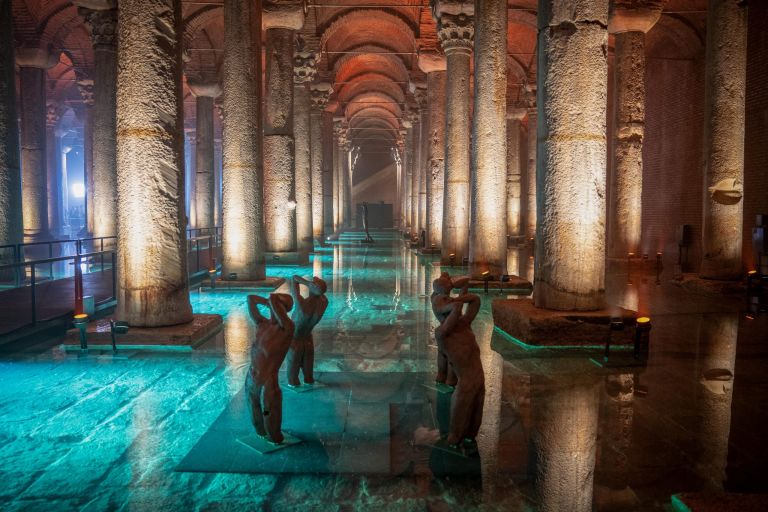
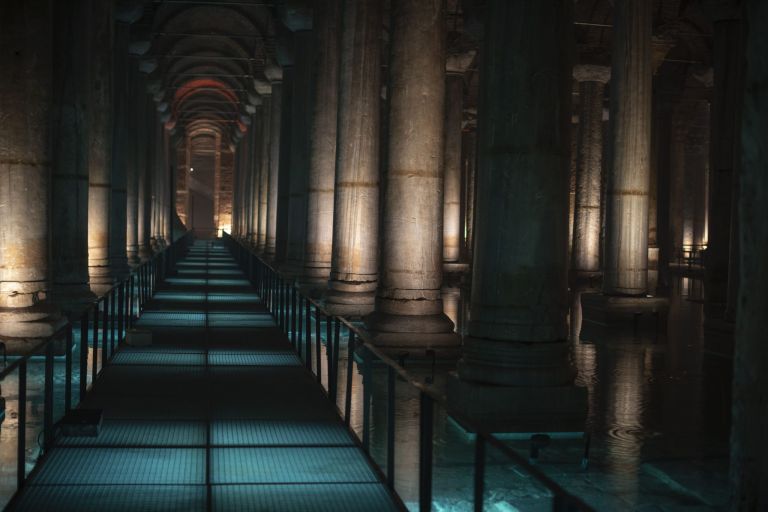
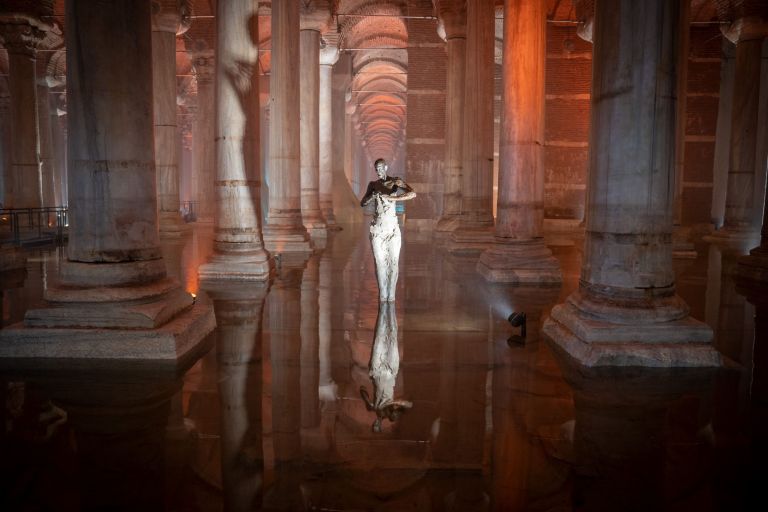
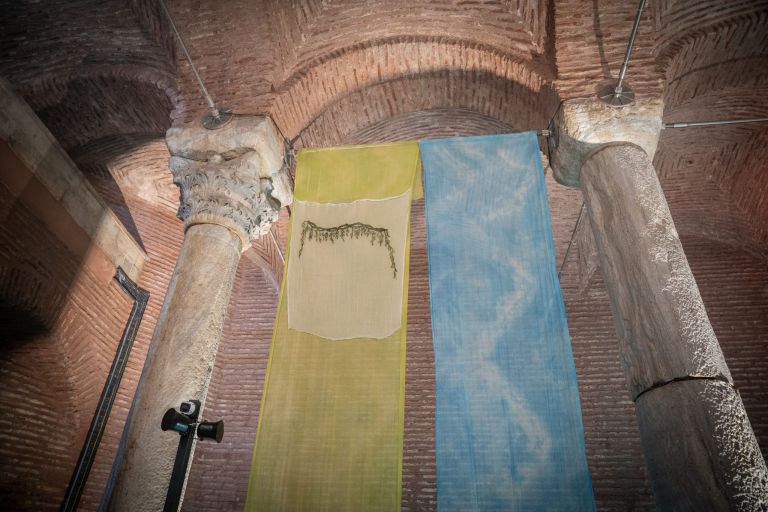
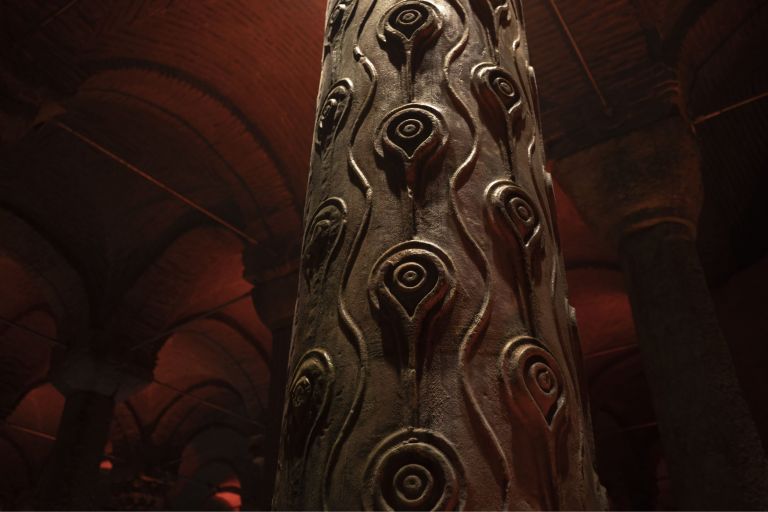
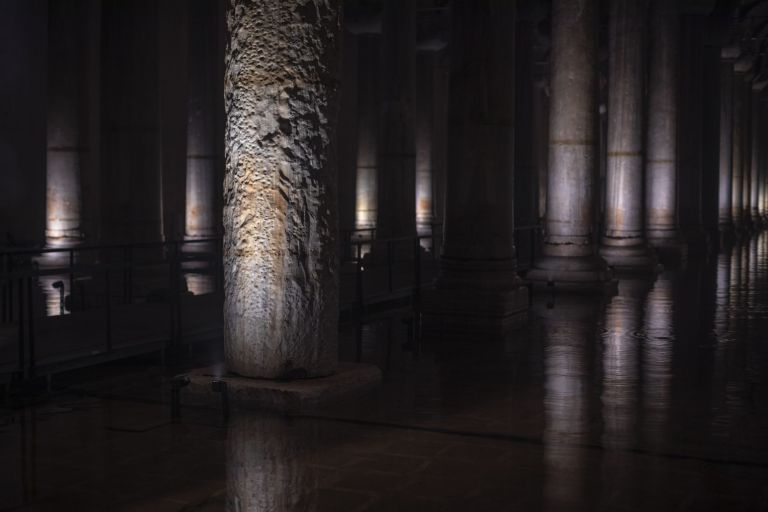
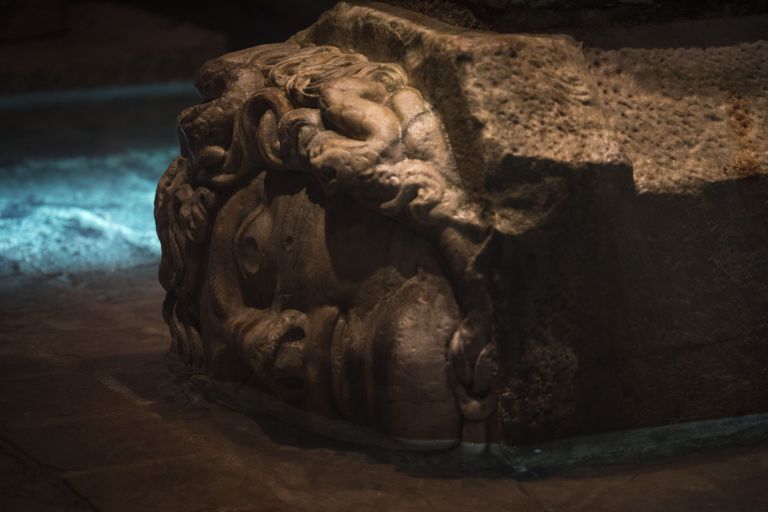
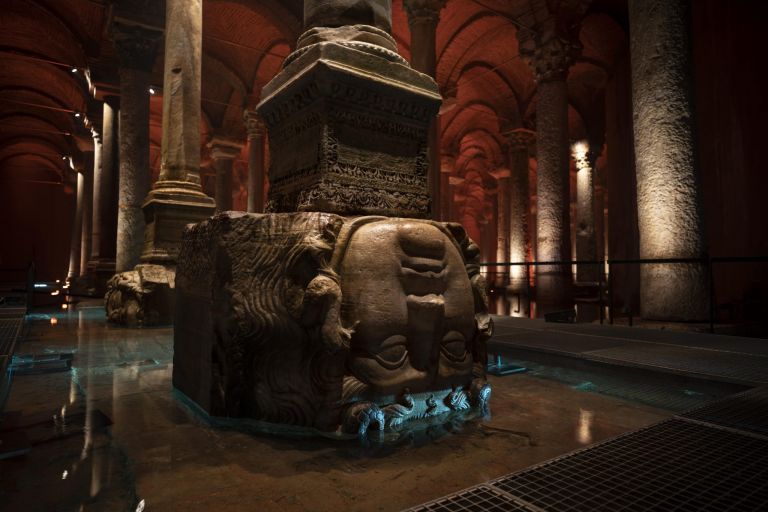








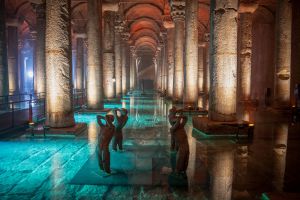

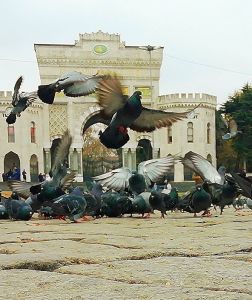
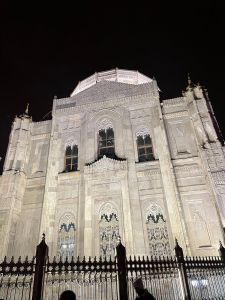
Değerlendirmeler